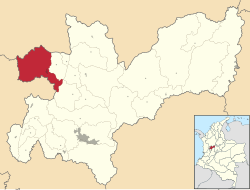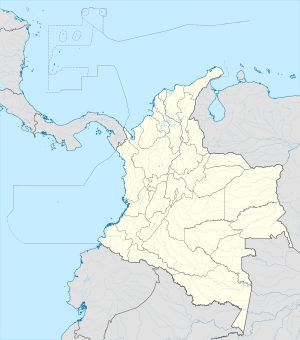
Carnival or Shrovetide is a festive season that occurs at the close of the Christian pre-Lenten period, consisting of Quinquagesima or Shrove Sunday, Shrove Monday, and Shrove Tuesday or Mardi Gras.

San Cristóbal is the capital city of the Venezuelan state of Táchira. It is located in a mountainous region of Western Venezuela. The city is situated 818 metres (2,684 ft) above sea level in the northern Andes overlooking the Torbes River, 56 kilometres (35 mi) from the Colombian border. San Cristóbal was founded on March 31, 1561, by Juan de Maldonado. From its inception, the city evolved rapidly as one of the most progressive and important centers of commerce in the country and the region, due primarily to its rich soil and its proximity to the border with Colombia.

Manizales is a city in central Colombia. It is the capital of the Department of Caldas, and lies near the Nevado del Ruiz volcano.
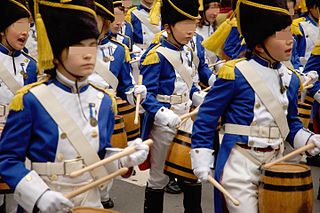
Tamborrada of Donostia is a celebratory drum festival held every year on January 20 in the city of San Sebastián, Spain. At midnight, in the Konstituzio Plaza in the "Alde Zaharra/Parte Vieja", the mayor raises the flag of San Sebastián. The festival lasts for 24 hours. Participants, dressed as cooks and soldiers, march in companies across the city. The celebration ends at midnight, when people congregate at the Konstituzio Plaza and the city flag is simultaneously lowered at various locations.

Sincelejo is the capital and largest city of the Colombian department of Sucre in the Caribbean region. It is also the capital of the department's subregion, Sabanas, and is the 25th largest city by population of the country. It is located 30 kilometers from the Caribbean Sea at the Gulf of Morrosquillo, 125 kilometers from Cartagena, and 200 kilometers from Barranquilla.

Candelaria, also Villa Mariana de Candelaria, is a municipality and city in the eastern part of the island of Tenerife in the Province of Santa Cruz de Tenerife, in the Canary Islands, Spain. The city is located on the coast, 17 km southwest of Santa Cruz de Tenerife. The population is 25,140 (2010), and the area is 49.18 km².
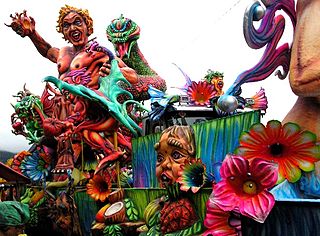
Blacks and Whites' Carnival, is a Carnival public festival and parade in southern Colombia established in 1546. Although its geographical location belongs to the city of Pasto, it has been adopted by other municipalities in Nariño and southwestern Colombia. It is celebrated every year in 2–7 January and attracts a considerable number of Colombian and foreign tourists.

The Barranquilla Carnival is one of Colombia's most important folkloric celebrations, and one of the biggest carnivals in the world. The carnival has traditions that date back to the 19th century. Four days before Lent, Barranquilla decks itself out to receive national and foreign tourists to join together with the city's inhabitants to enjoy four days of intense festivities. During the carnival, Barranquilla's normal activities are put aside as the city gets busy with street dances, musical and masquerade parades. The Carnival Of Barranquilla includes dances such as the Spanish paleo, African Congo, and indigenous mice y mica's. Many styles of Colombian music are also performed, most prominently cumbia, and instruments include drums and wind ensembles. The Carnival of Barranquilla was proclaimed a Cultural Masterpiece of the Nation by Colombia's National Congress in 2002. Also the UNESCO, in Paris on November 7, 2003, declared it one of the Masterpieces of the Oral and Intangible Heritage of Humanity, and it was during Olga Lucia Rodriguez Carnival Queen year.

The carnival in Colombia was introduced by the Spaniards. The Colombian carnival has incorporated elements from European culture, and has managed to syncretise, or re-interpret, traditions that belonged to the African and Amerindian cultures of Colombia. There is documentary evidence that the carnival existed in Colombia in the 17th century and had already caused concern to the colonial authorities, who censored the celebrations, especially in the main centers of power such as Cartagena, Bogotá and Popayán. The carnival, therefore, continued its evolution and re-interpretation in the small and at that time unimportant towns where celebrations did not offend the ruling elites. The result was the uninterrupted celebration of carnival festivals in Barranquilla, and other villages along the lower Magdalena River in northern Colombia, and in Pasto, Nariño in the south of the country. In modern times, there have been attempts to introduce the carnival in the capital, Bogotá, in the early 20th century, but it has always failed to gain the approval of authorities. The Bogotá Carnival has had to wait until the 21st century to be resurrected, this time, by the authorities of the city. Colombia is recognized by its large variety of festivals, carnivals and fairs. Most towns have their own, ranging from those celebrating coffee to the ones held in honor of the town's Saint feast. The common characteristics of the festivals are the nomination of a beauty Queen and the setting up of public dance floor.

Vejer de la Frontera is a Spanish hilltop town and municipality in the province of Cádiz, Andalusia, on the right bank of the river Barbate. The town of Vejer de la Frontera occupies a low hill overlooking the Straits of Gibraltar and surrounded by orchards and orange groves. It contains several ancient churches and convents, and the architecture of many of its houses recalls the period of Moorish rule, which lasted from 711 until the town was captured by Saint Ferdinand of Castile in 1248. Agriculture and fruit-farming are the chief industries; fighting bulls are also bred in the neighborhood and a running of the bulls is held annually.
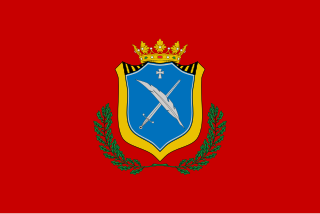
Vitigudino is a village and municipality in the province of Salamanca, western Spain, part of the autonomous community of Castile and Leon. It is located 67 kilometers from the provincial capital city of Salamanca and has a population of 2.700 people. The municipality is made up of two entities: Majuges at 3 km and Vitigudino, which is the head. In addition, the region has 56 municipalities.

Gramalote is a Colombian municipality and town located in the department of North Santander. Currently, the complete destruction of the town is considered imminent due to massive mudslides brought about by unprecedented flooding that most of Colombia has undergone.
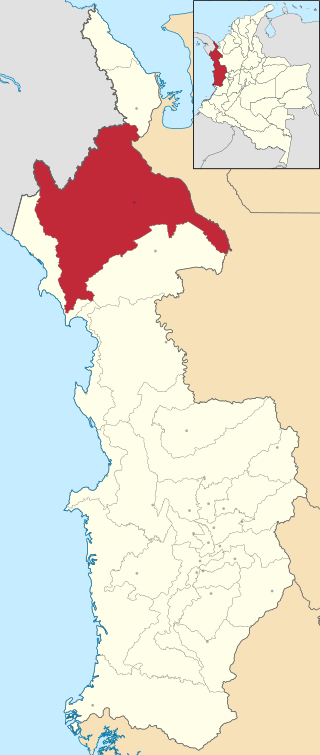
Riosucio is a municipality and town in the Department of Chocó, Colombia. The municipality and town are located in the Atrato River basin, on the Chocoan side of Urabá, a region spanning the departments Chocó and Antioquia.

Viver is a town in the Castellón province of Valencian Community, Spain. It is in the comarca (region) of Alto Palancia.

Traditions of Italy are sets of traditions, beliefs, values, and customs that belongs within the culture of Italian people. These traditions have influenced life in Italy for centuries, and are still practiced in modern times. Italian traditions are directly connected to Italy's ancestors, which says even more about Italian history.
Carnival in Mexico is celebrated by about 225 communities in various ways, with the largest and best known modern celebrations occurring in Mazatlán and the city of Veracruz.
Carnival is the most important and well-known festivity celebrated in Tarazona de la Mancha, in the Spanish province of Albacete.

Slavic carnivals are known under different names in various Slavic countries: Bulgarian: Сирни заговезни, Прошка, Поклади, romanized: Sirni zagovezni, Proshka, Pokladi; Macedonian: Прочка, romanized: Pročka; Russian: Масленица, Мясопуст, romanized: Maslenitsa, Myasopust; Polish: Ostatki, Mięsopust, Zapusty; Czech: Masopust, Šibřinky, Ostatky; Slovak: Fašiangy; Slovene: Mesopȗst, Pust, Pustni teden, Fašnk; Serbian: Покладе, Проћка / Poklade, Proćka; Croatian: Pust, Poklade, Mesopust, Fašnik. They are traditional Slavic festivals related to the period of carnival.

Carnaval de Périgueux is a popular festival held in Périgueux, in the Dordogne department. Part of a festive tradition that dates back to the 11th century, the carnival today consists of a parade of floats and groups of musicians along the city's boulevards. The procession ends with the judgement and cremation of Pétassou on the quays of the Isle.
